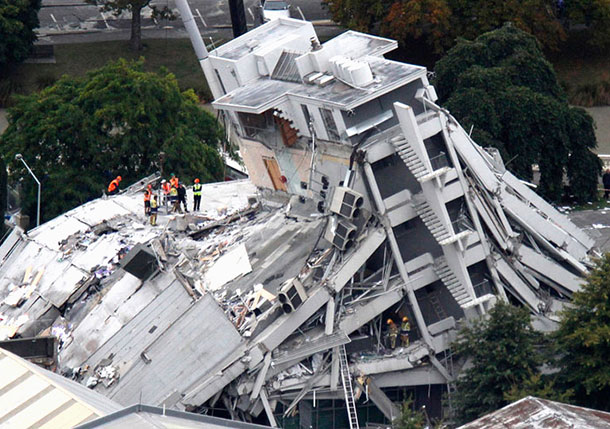Professor advising New Zealand's natural hazard mitigation efforts

Michael K. Lindell
Texas A&M urban planning professor Michael Lindell is part of an interdisciplinary team advising policymakers in earthquake-prone New Zealand on issues related to natural hazard mitigation, readiness, response and recovery.
The advisory team was created by the [New Zealand Natural Hazards Research Platform] (http://www.naturalhazards.org.nz/) , which is funded by the Ministry of Science and Innovation and charged with enhancing island nation's resilience to natural hazards through quality collaborative research.
Lindell and other members of the scientific team will advise New Zealand policymakers on natural hazards research priorities and review research proposals funded through the NZNHRP's $14 annual million budget. The advisory group, including environmental scientists, geophysicists, volcanologists and civil, environmental and structural engineers, will advance NZNHRP efforts to develop quantitative estimates of geological and weather-related processes in New Zealand including earthquakes, volcanoes, floods, snow, wind, rainstorms, landslides and tsunami activity.
In 2010 and 2011, earthquakes struck New Zealand, killing 185 people and causing widespread damage in Christchurch, the nation’s second-largest city. According to [Wikipedia] (http://en.wikipedia.org/wiki/New_Zealand_earthquakes) , the geologically active country located atop the [Pacific Ring of Fire] (http://en.wikipedia.org/wiki/Pacific_Ring_of_Fire) records as many as 20,000 earthquakes annually; as many as 200 of which are strong enough to be felt.
Advisory group members will also help the NZNHRP secure long-term funding for natural hazard research and help research providers and end users to better collaborate.
Lindell is a faculty fellow at the Hazard Reduction and Recovery Center at the Texas A&M College of Architecture. He earned a Ph.D. in social and quantitative psychology at the University of Colorado in 1975. His research focuses on environmental hazards, emergency management and research methods.
Tags
- environment
- global college
- hazard reduction & recovery
- hazards
- interdisciplinary
- landscape architecture & urban planning
- outreach
- partnerships
- research
- rss
- sustainability
- urban systems
Related Posts

HRRC eying how disasters influence food distribution

A&M researchers collaborate in U.S. resilience center

Planning prof leads Dutch, U.S. coastal flooding study
Study to forecast behavior during hurricane threats
Follow Us
Facebook Twitter Vimeo Youtube Flickr RSS
Recent Posts

Planning prof heads study of disaster housing aid

A message from the dean

Former student remembered as expert planner

Leading educator named new head of Architecture Dept.






_thumbnail_small.png)
